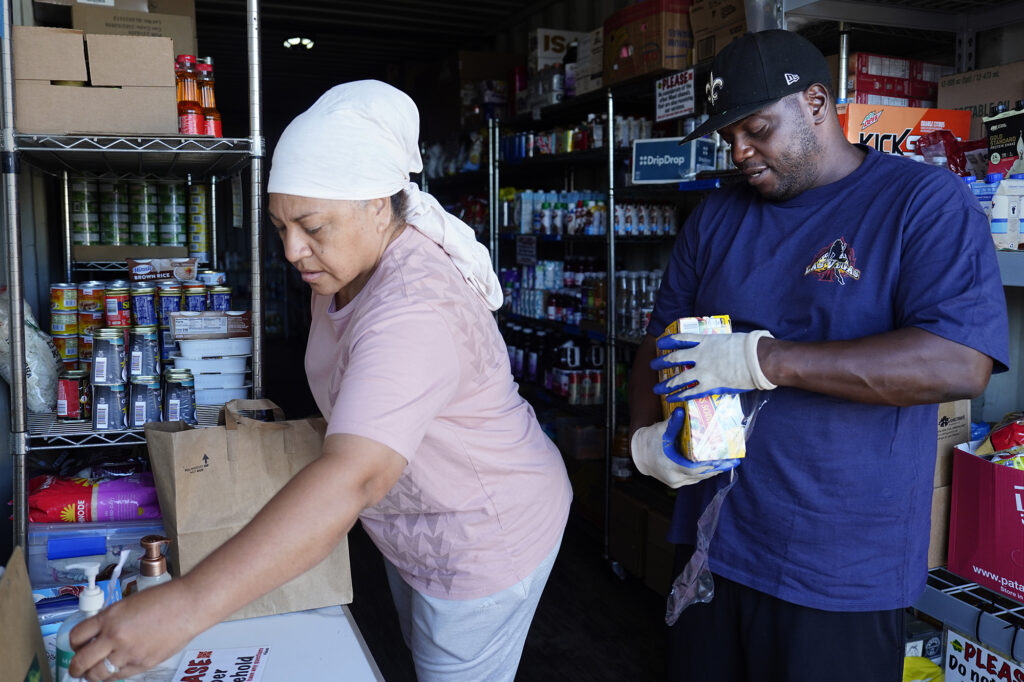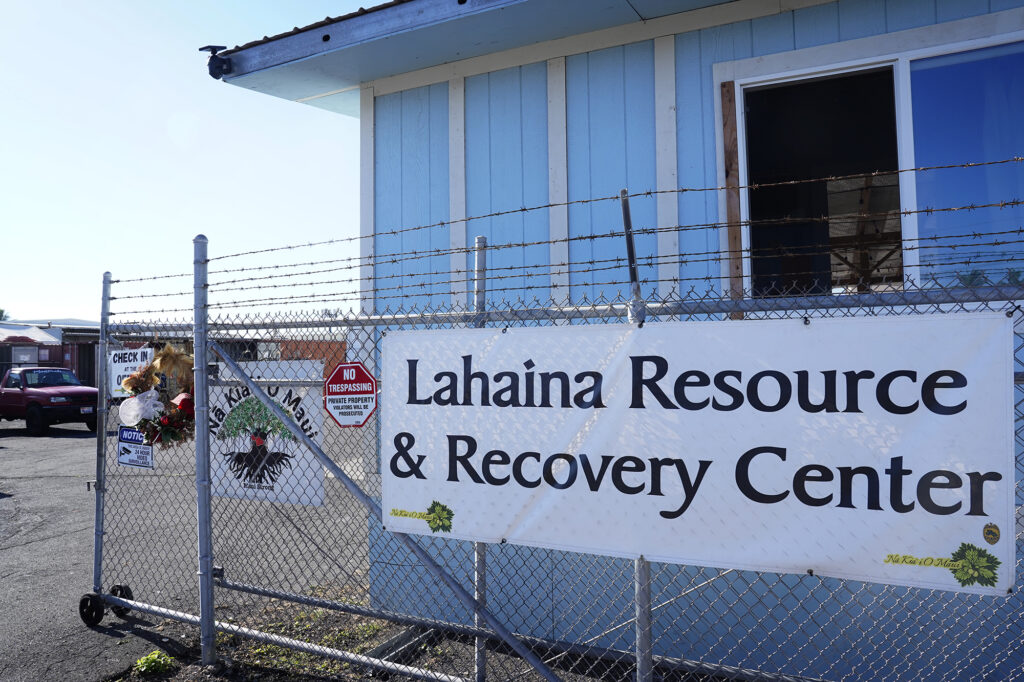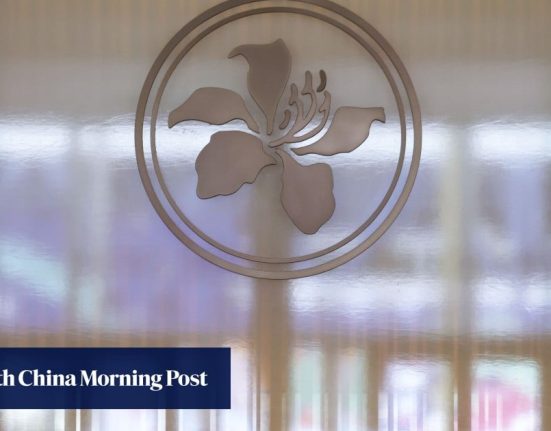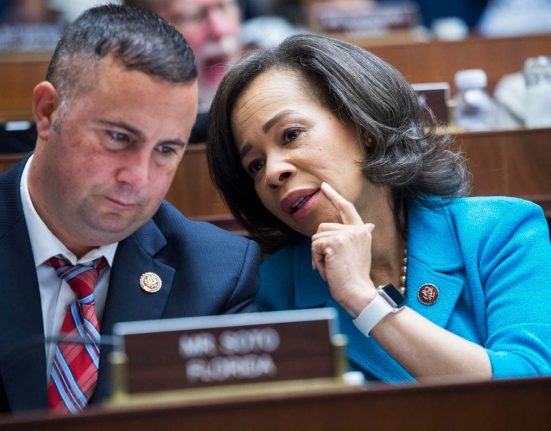A Maui wildfire recovery jobs program that shut down a month ago when funding ran out has received an infusion of federal money. But the program it ran won’t be revived – not yet, at least – because there are still outstanding expenses to be settled from its previous run.
The U.S. Department of Labor announced Tuesday it had given $2.5 million to the program “to continue employment and training services, and support disaster-relief jobs” for Maui residents who had been thrown out of work by the Aug. 8 wildfires.
However, the state Department of Labor and Industrial Relations, or DLIR, which received the National Dislocated Worker Grant award, said the new funds will actually be used to reimburse a Maui nonprofit for expenses it incurred managing the program before it closed the program down.

That agency, Maui Economic Opportunity — one of the island’s largest nonprofits — was hired by DLIR and ran the program from October 2023 to the end of last month. It recruited and screened candidates, then referred them to an employment agency that placed them at dozens of local nonprofits in jobs paying between $20.50 and $27 an hour.
The program had previously received $10.5 million in Department of Labor funds and, according to DLIR, employed about 400 Maui residents who lost jobs in the fires, including at places such as Lahaina Resource & Recovery Center.
Asked whether the program would be jumpstarted and if so whether Maui Economic Opportunity would manage it again, DLIR spokesperson Chavonnie Ramos said in a statement: “The department is weighing various options and after reconciling earlier costs, including the (Maui Economic Opportunity) contract, will proceed in an appropriate manner.”
Maui Economic Opportunity’s CEO, Debbie Cabebe, declined to say how much the nonprofit is still owed.
Program Ran Into Problems With Costs
The program’s final months were rocky.
In December, Maui Economic Opportunity told the nonprofits that had hired the workers that it would have to close the program on Jan. 11, eight months ahead of schedule, because funding had run out.
Cabebe at the time acknowledged budgeting and bookkeeping problems that she blamed on too many people being enrolled too rapidly. She also said that her agency had fallen behind in billing the state for reimbursement. That led, she said, to an unexpected funding crunch.
“The department is weighing various options.”
Chavonnie Ramos, Hawaiʻi Department of Labor and Industrial Relations spokesperson
Cabebe also said problems stemmed from health issues and turnover among Maui Economic Opportunity personnel and a learning curve in administering a fast-moving disaster recovery program.
State officials said they’d been startled by the sudden increase in how much the nonprofit was billing it and said that it was due to the nonprofit being “optimistic” and enrolling too many people.
Maui County stepped in with bridge funding to extend the program to March. But on the last Monday in February, Cabebe emailed the nonprofits where workers had been placed to notify them that she’d been told by the state that the Department of Labor had capped the funds and the program would have to close immediately.
Money Remains Unspent
After the wildfires, the federal government had awarded up to $21 million in National Dislocated Worker Grant funds to the state and initially released $10.5 million of that amount for the jobs program. After the December funding crisis, the state applied in January for $5 million in additional funds but was told it would get only half that.
The Department of Labor confirmed Tuesday that $13 million of the original grant had been awarded. Asked whether the state has to apply for the remaining $8 million within a certain time window, Department of Labor spokesperson Monica Vereen said to contact the state labor department for details about their specific project timeline.
On Tuesday, Rep. Jill Tokuda, D-Hawaii, said she would try to get the remaining grant funds awarded to continue the program.
“While this is good news for our Maui ʻohana,” she said of the $2.5 million in a statement, “I will continue to push the U.S. Department of Labor to make available any and all remaining NDWG funds that can be used as intended through September 2025.”








